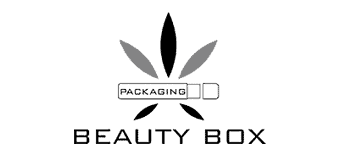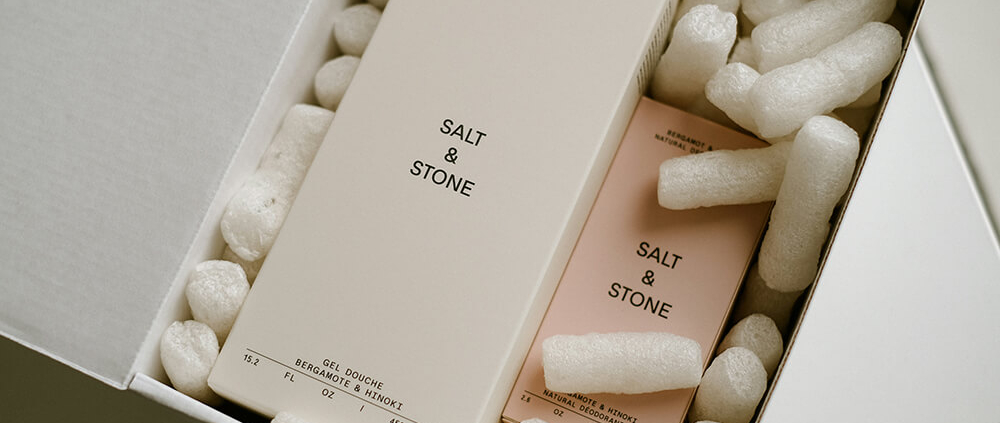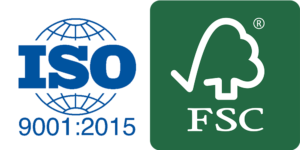Top Skincare Packaging Design Trends for 2025
As we look ahead to 2025, it’s clear that skincare packaging design is evolving to meet the demands of both consumers and the planet. By embracing eco-friendly materials, minimalist aesthetics, and innovative shapes, brands can create packaging that not only stands out but also aligns with sustainability and functionality. Whether you’re launching a new skincare line or refreshing your packaging, staying ahead of these trends will help you connect with conscious consumers and build a brand that reflects both beauty and responsibility. So, why wait? Start exploring these trends today and elevate your skincare packaging to a whole new level!
The world of skincare is constantly evolving, and so is the packaging that holds those beauty essentials.
As we approach 2025, the latest skincare packaging design trends are shifting toward eco-consciousness, minimalist elegance, and bold innovation.
Whether you’re a new skincare brand or a seasoned player in the industry, understanding the direction of packaging design is key to staying relevant.
In this post, we’ll explore the top trends shaping the future of skincare packaging, from sustainable materials that care for the planet to creative skincare packaging design that elevates the user experience.
Ready to discover what makes the best skincare packaging design for 2025? Let’s dive in!
Eco-Friendly Materials
In recent years, sustainability has become a top priority for consumers, and skincare brands are taking note.
Eco-friendly materials are no longer just a trend—they’re becoming an industry standard.
As we move into 2025, the demand for sustainable packaging is only increasing, with a focus on reducing waste and minimizing environmental impact.
Consumers are looking for brands that not only provide high-quality skincare products but also make responsible choices when it comes to packaging.
Materials such as recycled paper, glass, and biodegradable plastics are at the forefront of this movement.
Glass is making a strong comeback, particularly in premium skincare lines, due to its recyclability and luxurious feel.
Recycled paper and cardboard are also popular choices, as they are not only biodegradable but also provide a tactile, eco-conscious experience.
For more sustainable packaging options, many brands are opting for plant-based plastics made from renewable resources, such as corn or sugarcane, which break down much faster than conventional plastics.
But it’s not just about using sustainable materials—it’s about the entire lifecycle of the packaging.
Many brands are now focusing on making their packaging refillable or reusable, reducing the need for single-use containers.
Offering refill stations or bulk purchasing options allows customers to reuse their original packaging, aligning with the broader zero-waste movement.
By incorporating eco-friendly materials, skincare brands are not only meeting the expectations of a growing environmentally conscious market but are also building a reputation for being forward-thinking and responsible.
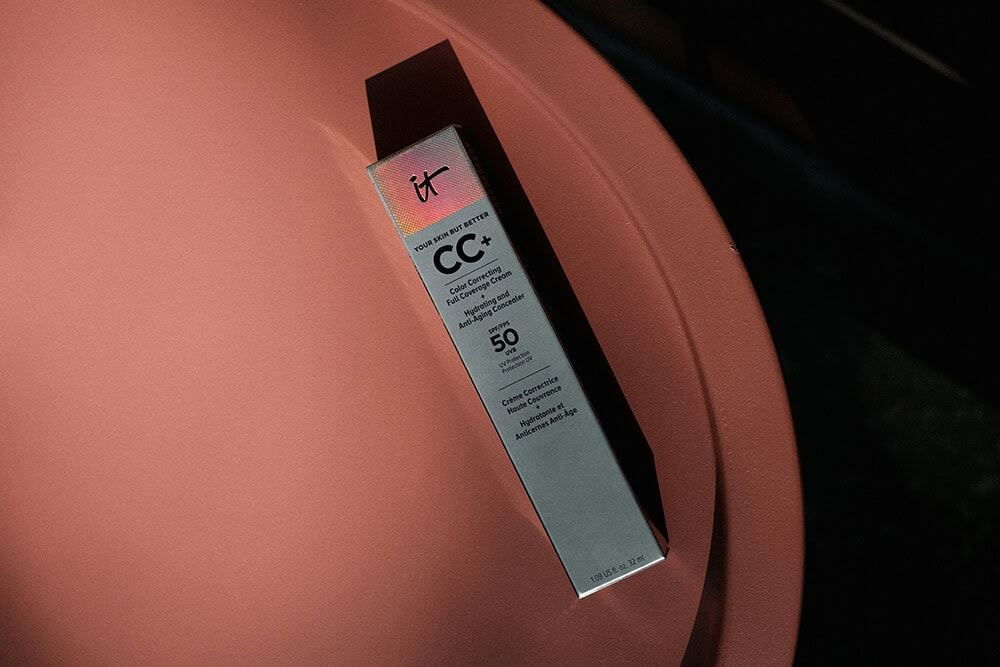
IT Cosmetics’ Color Correcting Cream, displayed in sleek, modern packaging with a pink background.
Three Most Recommended Eco-friendly Packaging Solutions for Skincare Packaging Design
1. Folding Cartons
Benefit: Sustainable, Lightweight, and Customizable
Folding cartons made from recycled paperboard or FSC-certified (Forest Stewardship Council) paper are a popular eco-friendly packaging solution.
These cartons are not only recyclable but also made from renewable resources, reducing the demand for virgin paper.
The lightweight nature of folding cartons also reduces shipping costs and carbon emissions, as they take up less space and are easier to transport.
These boxes are highly customizable, offering brands the opportunity to print with eco-friendly inks and coatings, further reducing the environmental impact.
Many brands are turning to folding cartons because they offer a perfect balance between eco-consciousness and premium presentation.
For example, luxury skincare brands might opt for folding cartons with simple, elegant designs printed on recycled paper, creating a premium, sustainable unboxing experience.
Additionally, many folding cartons can be easily reused or repurposed by consumers, which further aligns with the growing zero-waste trend.
Whether you’re offering a skincare set or individual products, folding cartons provide a versatile, eco-friendly option for packaging your skincare line.
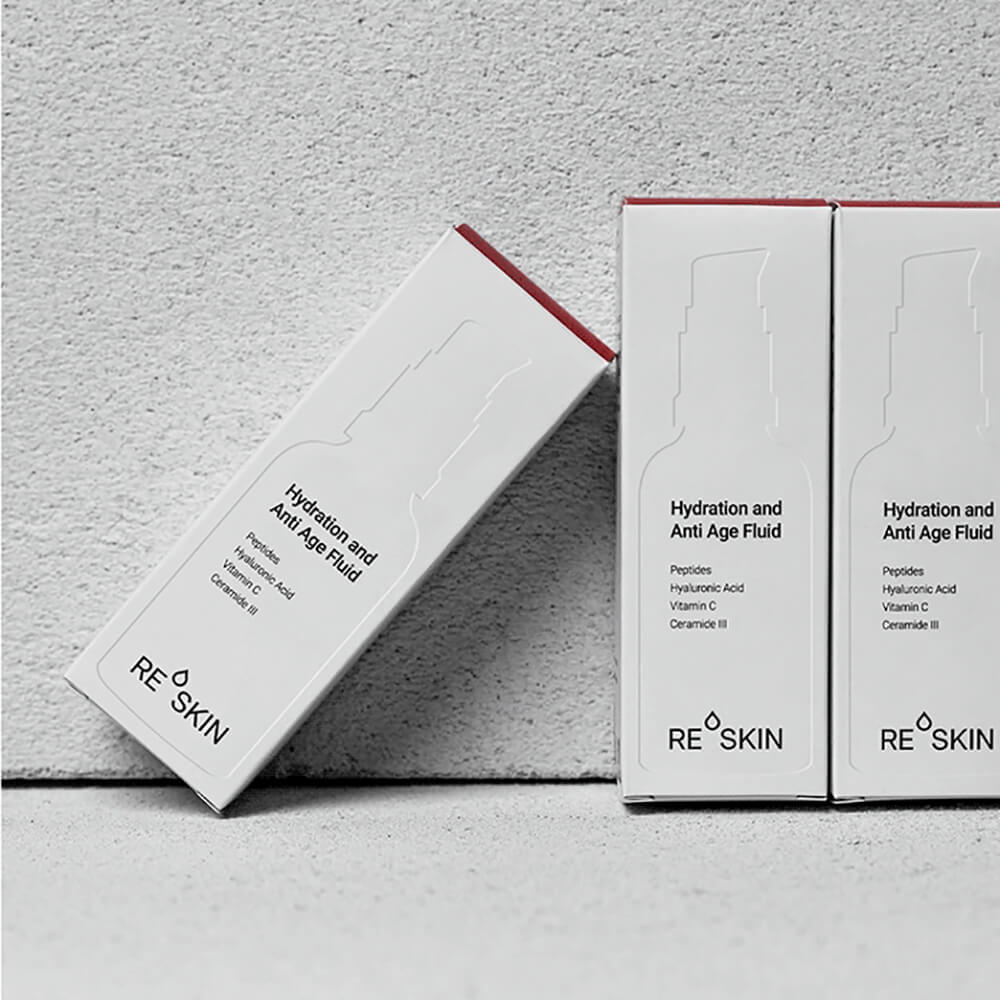
Close-up of serum box showcasing precise debossing and folding carton durability.
2. Rigid Boxes
Benefit: Durable, Reusable, and Made from Recycled Materials
Rigid boxes, often used for high-end skincare products, are another excellent example of eco-friendly packaging.
These sturdy, luxurious boxes are made from recycled or recyclable paperboard, reducing the need for new materials.
Many brands are now sourcing their rigid boxes from sustainable forests, ensuring the materials are eco-conscious from start to finish.
Not only are rigid boxes reusable, but they can also be crafted to last longer than typical packaging options, making them a great choice for consumers who want a sustainable yet premium feel.
Many consumers reuse these boxes for storage, gifting, or even home organization, which extends the life cycle of the packaging.
Additionally, rigid boxes can be easily customized with eco-friendly finishes like soy-based inks or water-based adhesives, reducing harmful chemical exposure.
The solid structure and premium look make them ideal for luxury skincare brands who want to send a message of sustainability while still offering a high-end experience.
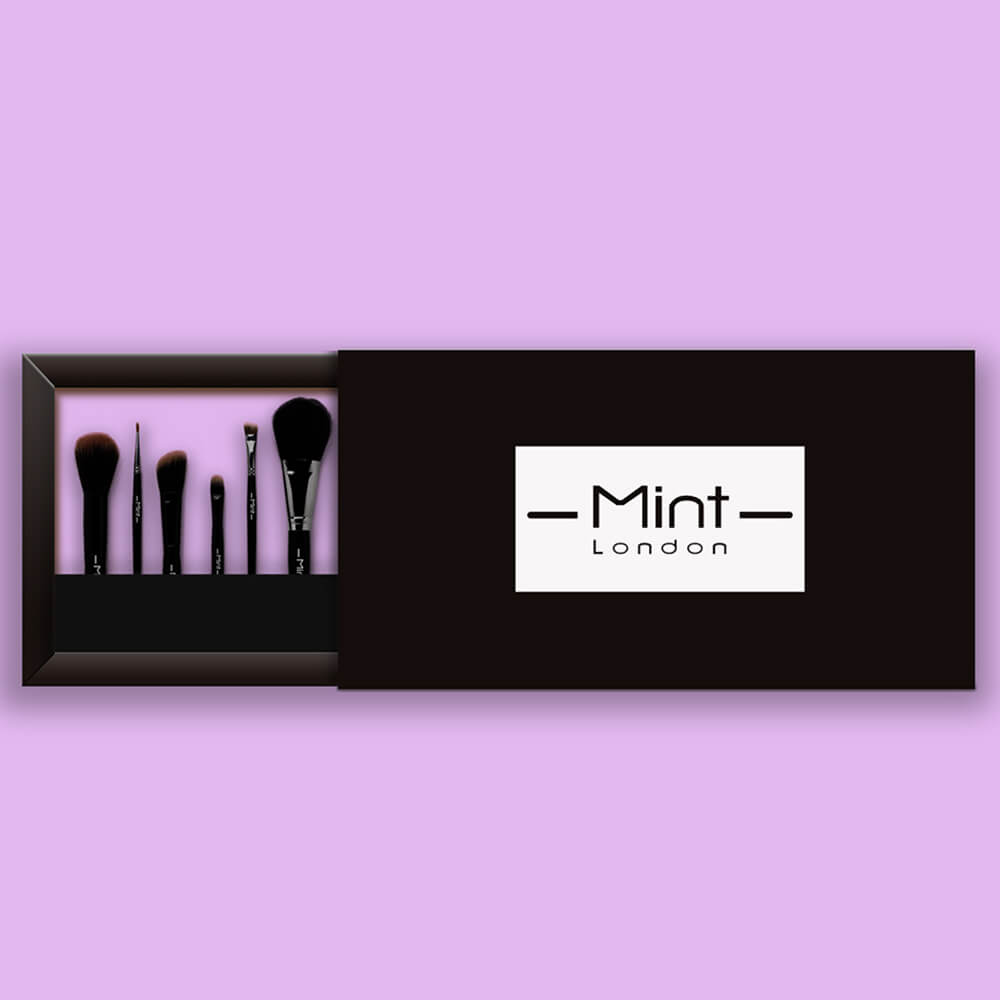
Customizable rigid makeup brushes box with a handle, perfect for retail or travel-ready brush sets.
3. Cardboard Tubes
Benefit: Biodegradable, Lightweight, and Compact
Cardboard tubes are gaining popularity as an eco-friendly packaging solution in the skincare industry.
Made from recyclable cardboard and paper, these tubes are a great alternative to plastic and can be fully biodegraded without leaving harmful waste behind.
They’re lightweight, compact, and take up less space during transportation, reducing carbon emissions during shipping.
These tubes are perfect for solid skincare products like face masks, serums, or sunscreens, as well as for brands that prioritize minimalistic and sustainable design.
Cardboard tubes can be printed with soy-based inks and sealed with eco-friendly coatings, providing both a sustainable and aesthetic solution.
The best part about cardboard tubes is that they align with the growing trend of “refillable” packaging.
Many skincare brands are opting for a tube design that allows for refills, giving consumers the option to reuse the packaging for multiple purchases.
This reduces the need for single-use plastics and further supports eco-conscious lifestyles.
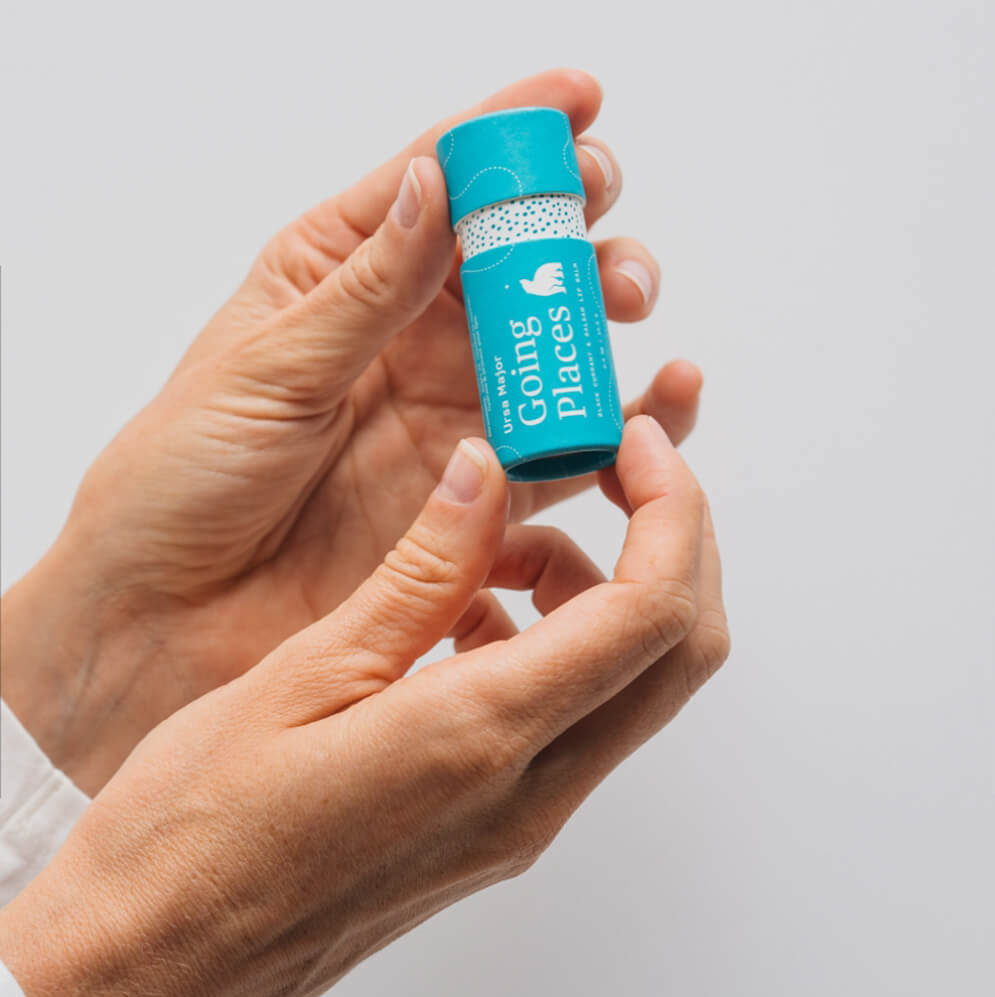
Compact, eco-friendly lip balm tube held in hand, showcasing recyclable materials and modern design.
Minimalist Aesthetics
Less is more. This phrase captures the essence of minimalist design in skincare packaging.
As we head into 2025, simplicity and elegance are becoming the cornerstone of many skincare brands’ visual identities.
Gone are the days of cluttered labels and over-complicated designs. Instead, clean lines, monochromatic palettes, and subtle details are taking center stage.
Minimalist aesthetics create a sense of luxury, sophistication, and clarity. By stripping away unnecessary elements, the focus shifts to the product itself.
This approach appeals to consumers who value simplicity in both the look and feel of their skincare products.
A minimalist design often conveys that the product inside is pure, effective, and high-quality—without the need for flashy packaging.
This trend doesn’t mean boring or bland, though. Minimalism allows for creativity in how brands communicate their identity.
Sleek typography, small but bold logos, and understated textures or finishes can all help elevate a simple design into something eye-catching.
Matte finishes, frosted glass, and monochrome colors are all key components of minimalist skincare packaging that feels timeless and sophisticated.
For brands, adopting minimalist packaging can also mean reducing waste—both in terms of design complexity and the materials used.
Fewer design elements typically lead to more streamlined production processes, which can also result in a lower carbon footprint.
Minimalism in skincare packaging is not just a visual trend; it’s a design philosophy that promotes both beauty and functionality.
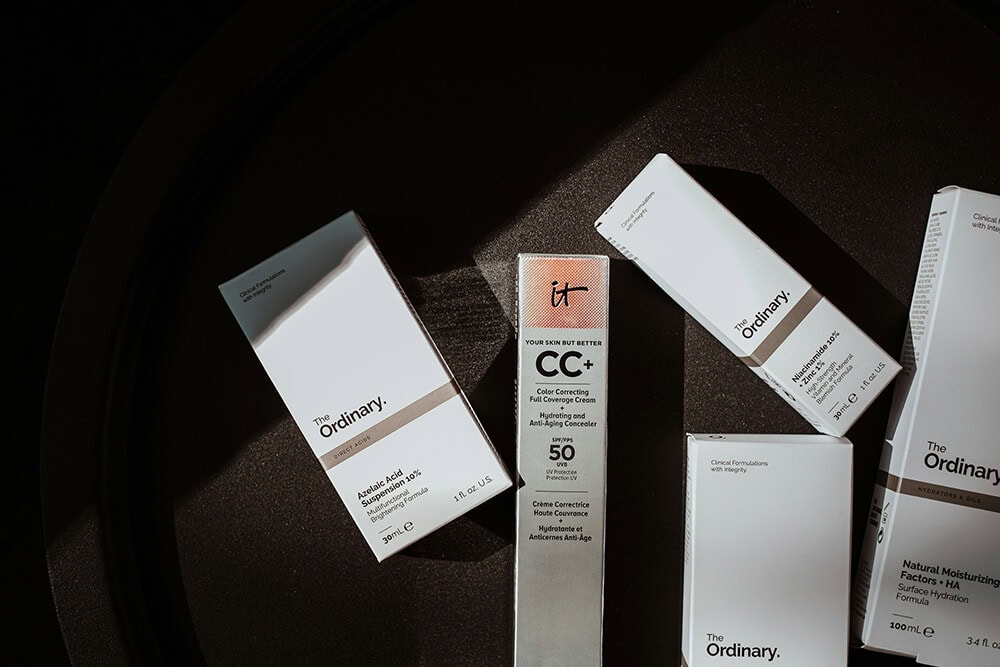
A collection of popular skincare products from The Ordinary and IT Cosmetics, arranged on a dark surface for a premium display.
Innovative Shapes and Functionality
Innovation is a major force in skincare packaging design, and 2025 will see even more creative shapes and functional solutions making their way into the market.
Today’s consumers want more than just pretty packaging—they want packaging that enhances the user experience and is convenient, practical, and aesthetically pleasing.
For example, custom pumps, airless dispensers, and twist-up containers are becoming increasingly popular because they offer controlled dispensing and reduce waste.
Skincare brands are also experimenting with new shapes that go beyond the typical bottle or jar.
Geometric designs, asymmetrical containers, and unique cap shapes are popping up in both high-end and mass-market skincare lines, offering a refreshing departure from traditional forms.
Packaging that’s functional and beautiful at the same time is more than just a design trend; it’s about creating a holistic product experience.
For instance, sleek, easy-to-hold tubes or bottles make for an enjoyable skincare routine, while ergonomic designs can help with precise application.
Another trend within this category is the rise of “multi-use” packaging. Brands are increasingly incorporating designs that allow customers to reuse or repurpose the container.
For example, refillable skincare bottles or packaging that can be easily transformed into another useful item (such as a storage container) reduce waste and encourage longer product lifecycles.
Ultimately, the push for innovative shapes and functionality is driven by the desire to enhance both the visual appeal and practicality of skincare products.
It’s no longer enough to have a pretty face on the shelf—it’s about creating a product that delivers a seamless, functional, and enjoyable experience for the consumer.
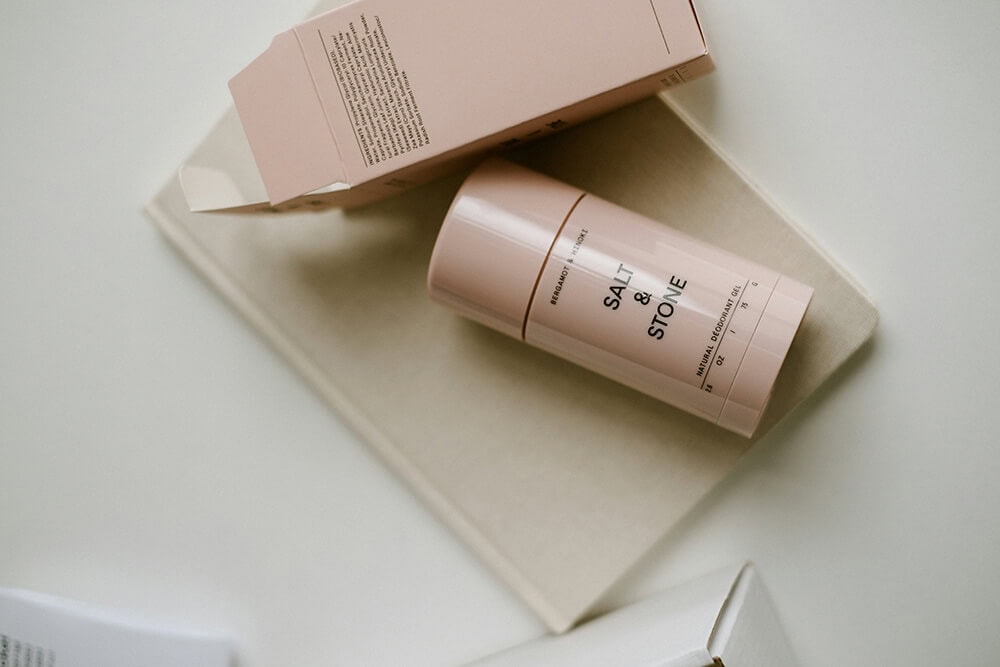
The Salt & Stone deodorant stick with minimalist packaging, showcasing the brand’s focus on natural ingredients and sustainable design.
FAQ
1. What are the benefits of using eco-friendly materials in skincare packaging?
Eco-friendly materials help reduce environmental impact by minimizing waste and promoting sustainability. These materials, like recycled paper, glass, and biodegradable plastics, are renewable, recyclable, and often biodegradable, which means they break down faster and leave less waste in landfills. By using sustainable packaging, brands not only appeal to eco-conscious consumers but also contribute to the overall reduction of plastic pollution and waste. Additionally, eco-friendly packaging can align with a brand’s values of transparency and responsibility, which can improve customer loyalty.
2. How can skincare brands make their packaging more eco-friendly?
There are several ways skincare brands can make their packaging more eco-friendly:
Switch to recyclable or biodegradable materials like recycled paper, glass, or plant-based plastics.
Use refillable packaging, which reduces the need for single-use containers.
Opt for minimalistic designs that use less material and reduce waste.
Choose eco-friendly inks and coatings (such as soy-based or water-based inks) that have less environmental impact than traditional inks.
Design for disassembly, so consumers can easily separate different materials for recycling.
By making these changes, skincare brands can reduce their carbon footprint and offer packaging that supports sustainability.
3. What is the role of minimalist aesthetics in skincare packaging?
Minimalist aesthetics in skincare packaging focus on simplicity, clarity, and elegance. The clean, understated design often incorporates muted colors, simple typography, and sleek lines, which emphasize the quality of the product inside. Minimalism also aligns with luxury, as many consumers associate simplicity with sophistication. Additionally, minimalist packaging typically requires fewer materials, which helps reduce waste. This approach also appeals to customers who seek products that feel pure and straightforward, rather than overly complicated or flashy. The result is packaging that looks timeless and promotes a sense of authenticity.
4. What are the best eco-friendly packaging options for skincare brands?
Some of the best eco-friendly packaging options for skincare brands include:
Recycled paper or cardboard boxes, which are recyclable and biodegradable.
Glass containers, which are highly recyclable and provide a premium feel to the product.
Cardboard tubes for solid skincare products, like facial masks or sunscreen, that are both recyclable and biodegradable.
Plant-based plastics (like those made from sugarcane or corn) that are biodegradable or compostable.
Aluminum packaging, which is lightweight, durable, and easily recyclable.
Choosing any of these options can help your brand reduce its environmental impact while maintaining a high-quality presentation.
5. How can I make my skincare packaging stand out while being sustainable?
To make your skincare packaging stand out while being sustainable, focus on creative, eye-catching designs that still prioritize eco-friendly materials. Here are a few tips:
Innovative shapes and forms (like custom pumps or unique cap designs) can make your packaging memorable while being functional.
Use color and texture strategically—opt for natural hues, matte finishes, or embossed details to add luxury without compromising sustainability.
Tell a story through your packaging by highlighting the sustainable materials used or the eco-conscious efforts your brand is making.
Interactive elements like reusable packaging or QR codes that link to sustainability initiatives can engage consumers.
Ultimately, the key is to balance aesthetics with function, ensuring that your packaging not only looks great but also aligns with your environmental values.
6. What are some of the top skincare packaging design trends for 2025?
The top skincare packaging design trends for 2025 include:
Sustainability: Eco-friendly materials, like recycled paper, plant-based plastics, and refillable containers, will continue to be a driving force.
Minimalist aesthetics: Clean, simple packaging designs with neutral colors and sleek finishes that reflect purity and luxury.
Innovative shapes and functionality: Packaging that offers convenience and enhances the user experience, such as airless pumps or tubes designed for easy dispensing.
Personalization: Customized packaging that appeals to individual tastes, making customers feel connected to the brand.
Smart packaging: Technology integration, like QR codes or NFC (near-field communication) tags, that provide customers with more product information or connect them to online resources.
7. Can eco-friendly packaging still look luxurious?
Absolutely! Eco-friendly packaging can be both luxurious and sustainable. Luxury brands are increasingly adopting sustainable materials like frosted glass, recycled paper, and aluminum, which have a premium feel while being eco-conscious. High-end finishes, like embossing, matte textures, or custom embossing, can elevate the look of eco-friendly packaging. Additionally, minimalist design often conveys sophistication and exclusivity, so sustainability doesn’t have to mean sacrificing aesthetics or luxury.
8. How do I choose the best packaging design for my skincare brand?
When choosing the best packaging design for your skincare brand, consider these factors:
Brand identity: Make sure the packaging aligns with your brand values and communicates the essence of your product.
Material choices: Opt for eco-friendly materials that support sustainability and appeal to your target audience.
Functionality: The packaging should be easy to use, convenient, and help protect the product from contamination or spoilage.
Aesthetics: Look for a design that stands out on shelves or online, and resonates with your customer base.
Cost and scalability: Consider your budget and how easily you can scale the design for production.
Ultimately, the best packaging is one that balances sustainability, aesthetics, functionality, and cost-effectiveness.
9. How can creative skincare packaging design impact sales?
Creative skincare packaging design can have a significant impact on sales by catching the consumer’s eye, improving the customer experience, and increasing brand recognition. Eye-catching packaging that communicates quality and sustainability can help products stand out on crowded shelves or online stores. Creative designs can also create a memorable unboxing experience, encouraging social media sharing and positive word-of-mouth. Moreover, when customers feel a connection to the brand through its packaging, it can drive loyalty and repeat purchases.
Conclusion
As the skincare industry continues to grow and evolve, packaging design will continue to play a vital role in how brands connect with consumers.
From eco-friendly materials that align with a growing commitment to sustainability, to minimalist aesthetics that convey simplicity and luxury, and innovative shapes that add functionality,
these trends are shaping the future of skincare packaging for 2025 and beyond.
For skincare brands, staying ahead of these trends can help elevate their products and make them stand out in an increasingly competitive market.
So, whether you’re just starting to create your packaging or looking to refresh your design, consider these top skincare packaging design trends as you plan for the future.
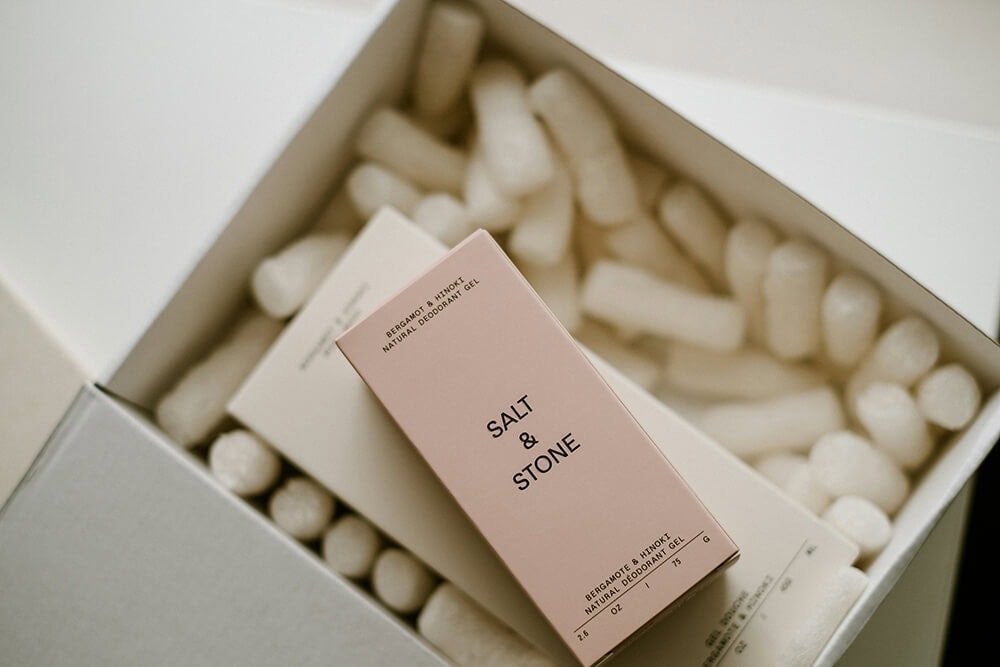
A pink deodorant and a white body wash from Salt & Stone surrounded by biodegradable packing materials.
Ready to transform your skincare packaging? Start designing with eco-friendly materials today!
